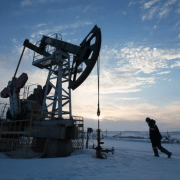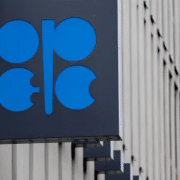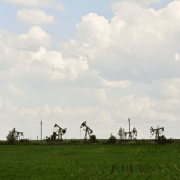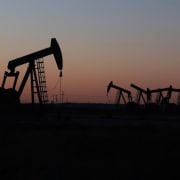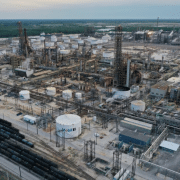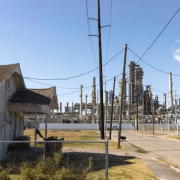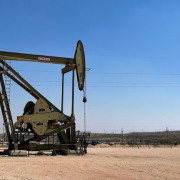Oil and gas companies are reinvesting record profits from the fossil fuel price surge driven by the Ukraine war to intensify the hunt for new deposits despite repeated calls by the United Nations to phase out hydrocarbons to avoid a climate crisis. What will these oil giants do?
Data and industry executives found the exploration revival responds to pressure from a majority of investors to maximize their oil and gas profits rather than invest in lower-margin renewable energy businesses.
The International Energy Agency forecasts global upstream oil and gas investments to increase by about 11 percent to $528bn in 2023, the highest level since 2015.
Barclays said it expected the number of offshore projects to get approval this year to reach a 10-year high.
The renewed appetite for oil and gas reserves and production – among European majors in particular – comes after Shell and BP slowed down plans to shift away from their legacy business and invest in renewables as part of the energy transition.
Upstream oil and gas have historically had returns of 15 to 20 percent while most renewables projects have delivered up to 8 percent.
An analysis of data from oil services firm Baker Hughes showed the number of offshore drilling vessels used to explore and produce oil and gas recovered in May to pre-pandemic levels, rising by 45 percent from October 2020 lows.
Wood Mackenzie analysts predicted a continued increase in activity, forecasting offshore exploration and drilling activity to grow by 20 percent by 2025.
Click here to read the full article
Source: ALJAZEERA
If you have further questions about the topic related to oil giants trends, please feel free to contact us here.

